Tag: Featured
-
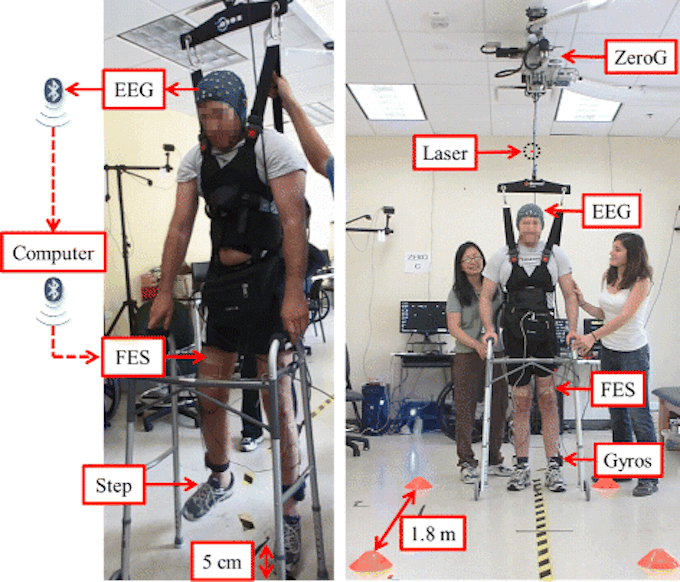
Paraplegic walks, lightly supported, for 12 feet, with BCI triggered muscle stimulation
UC Irvine BCI research has enabled a a paraplegic to walk, with support, for 12 feet, without an exoskeleton. The hope is that this will lead to a new generation of BCI stimulation technology that will allow the disabled to walk for longer periods with minimal support. The study was led by Samueli School…
-
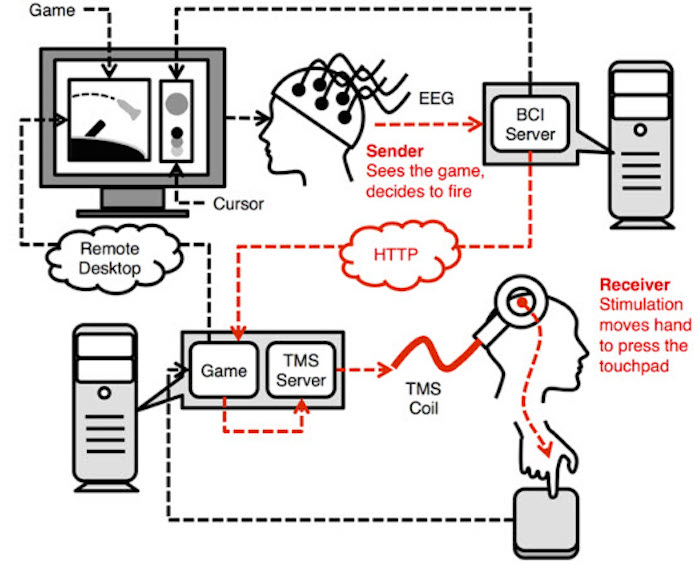
Brain-to-brain link allows one person to read another’s thoughts
University of Washington researchers used a direct brain-to-brain connection to enable pairs of participants to play a question-and-answer game by transmitting signals from one brain to the other over the Internet. The experiment is thought to be the first to show that two brains can be directly linked to allow one person to guess what’s on another person’s mind.…
-

Piezoelectric sensor car seat monitors respiration, heart rate
Faurecia‘s “Active Welness” car seat monitors respiration and heart rate with embedded piezoelectric sensors. The goal is to detect driver stress or alertness. When low energy is detected, the seat responds with specific massage patterns and air flow through the ventilation system. The non-contact sensors were developed by Hoana Medical. Combined with advanced algorithms and signal processing, Faurecia…
-
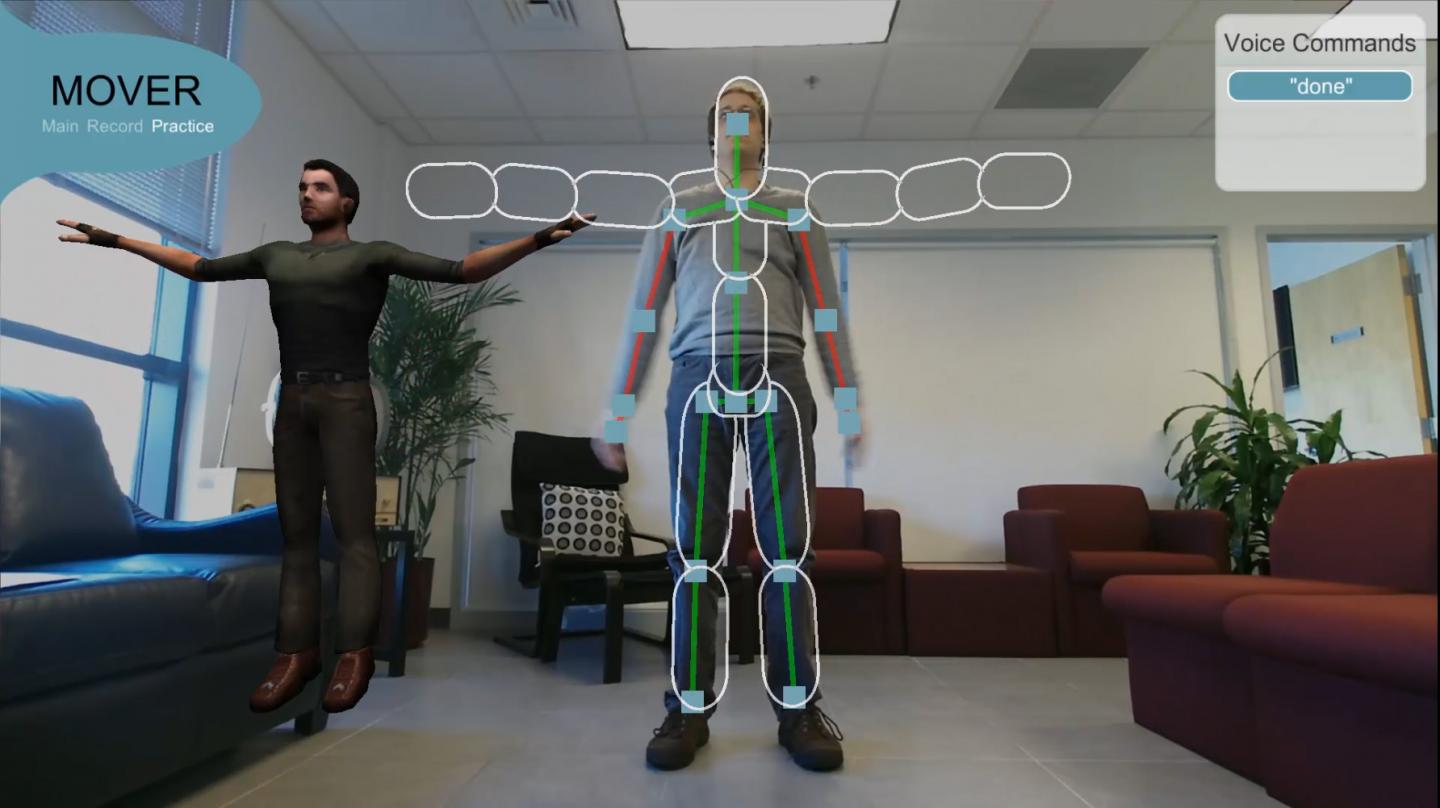
Virtual coaching for TBI patients
The Office of Naval Research is developing MOVER (Mobile, Virtual Enhancements for Rehabilitation) to help TBI patients maintain therapy regimens. Confusion, forgetfulness or depression can prevent injured veterans from completing necessary exercises for rehabilitation. Featured movements include including lunges, knee raises and squats, which are standard for TBI therapy. When a user turns on a…
-
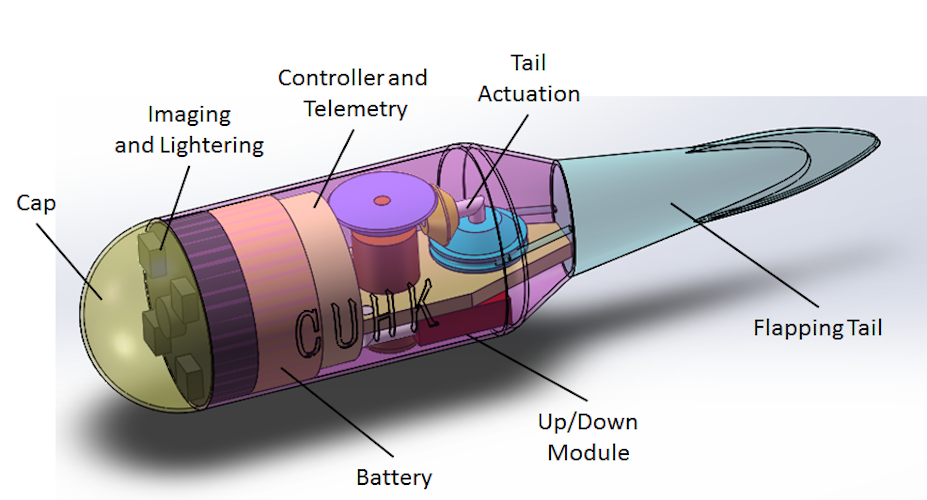
Remotely controlled capsule endoscope captures lower GI images
A new type of capsule endoscope may improve cancer diagnostics, providing comprehensive, non-invasive imaging, including lower GI images. The 3D printed Tadpole Endoscope (TE) has a soft tail that allows it to be remotely guided around the stomach. The technology was developed by Yong ZHONG, Ruxu DU and Prof Phillip W Y CHIU of the Chinese University of…
-
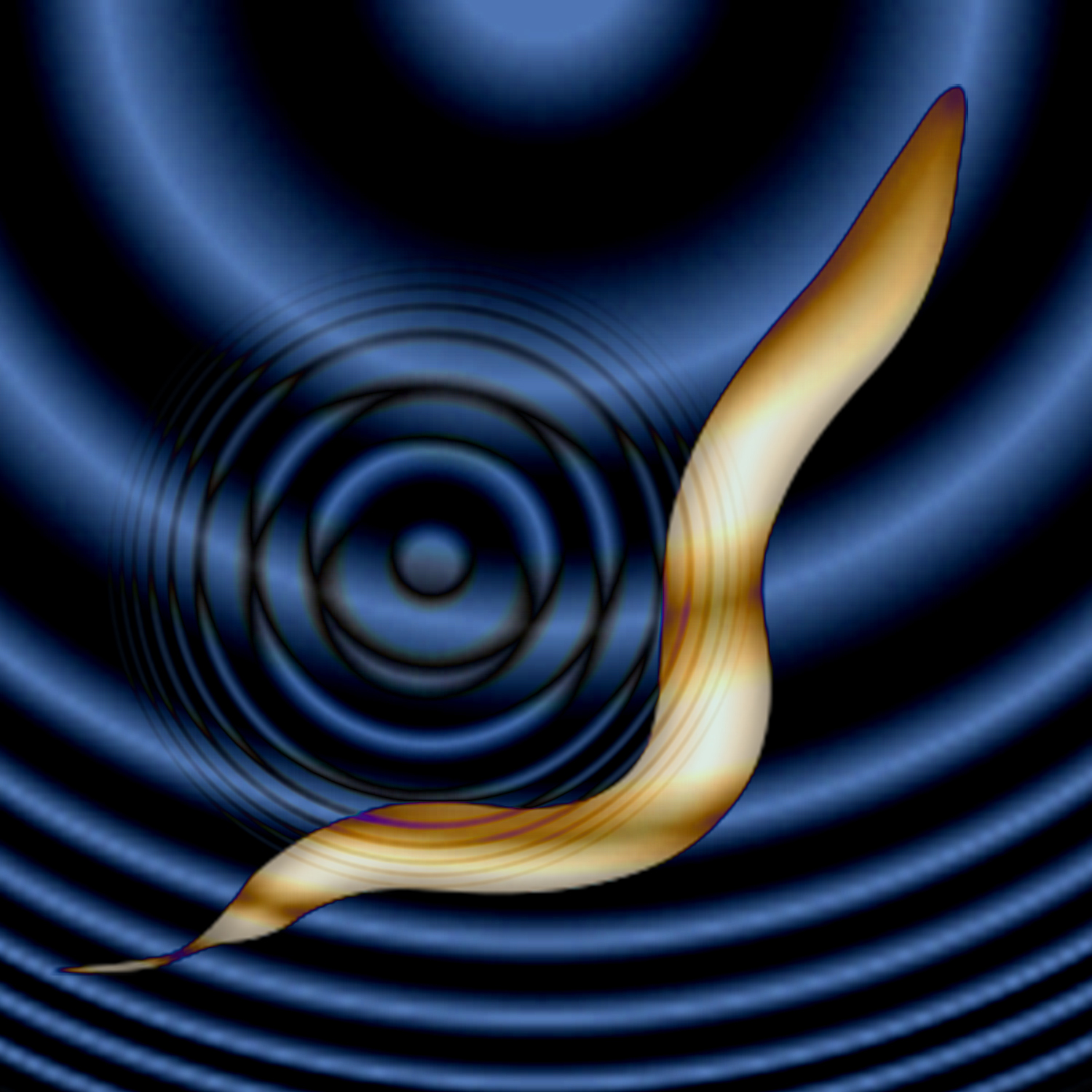
Sonogenetics: Neuron stimulation via ultrasound
Salk‘s Sreekanth Chalasani‘s “sonogenetics” technique uses ultrasound to stimulate individual brain cells. A nature paper describes the technology as tested on worms. The goal is noninvasive stimulation of specific cell types or individual neurons in humans, with out using implanted electrodes or fiber-optic cables. Current optogenetics therapies rely on inserting light-sensitive channel proteins into neurons. When hit…
-

Wearable monitors newborns within 40 mile radius
WAAA! is a text-based neonatal surveillance system developed by David Swann of the University of Huddersfield. It is a finalist project of UNICEF’s Wearables for Good Challenge. Appearance, pulse, grimace, activity and respiratory data is captured, via a patch, during the first day of life. Any deterioration triggers an immediate text alert to a carer. Globally, more…
-
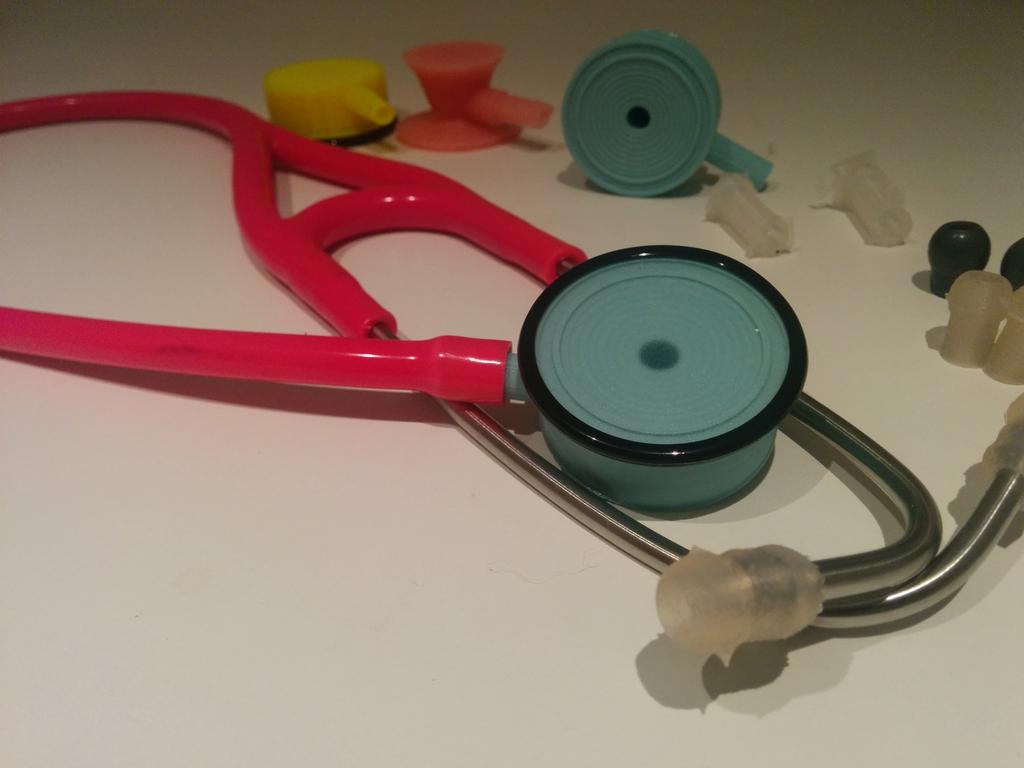
Cheap, accurate, 3D printed stethoscope
Dr. Tarek Loubani has created a 3D printed stethoscope that can be made for $2.50 – $5.00. Stethoscopes usually cost $150 and are often not available in poor regions. Through his Glia Project, Dr. Loubani aims to provide cheap, accurate medical supplies, including stethoscopes, electrocardiograms, and pulse oximeters, to places in need. “This is simple,…
-

Cancer patient receives 3D printed rib cage
For the first time, a chest wall sarcoma patient has received a fully customized 3d printed sternum and rib cage portion, created using high resolution CT data. This part of the chest is difficult to recreate with traditional prosthetics. Thoracic surgeons typically use flat and plate implants for the chest, which can loosen over time and…
-

Big data / pharma partnership to model diseases, treatments
IBM and Israeli generic drug giant Teva will partner to develop treatments for chronic conditions using the Watson Health Cloud. Their stated goal is “to put the best information and insights in the hands of physicians, care teams and patients, to empower treatment optimization for individuals and populations across the spectrum of acute and chronic conditions.” Asthma, pain,…
-
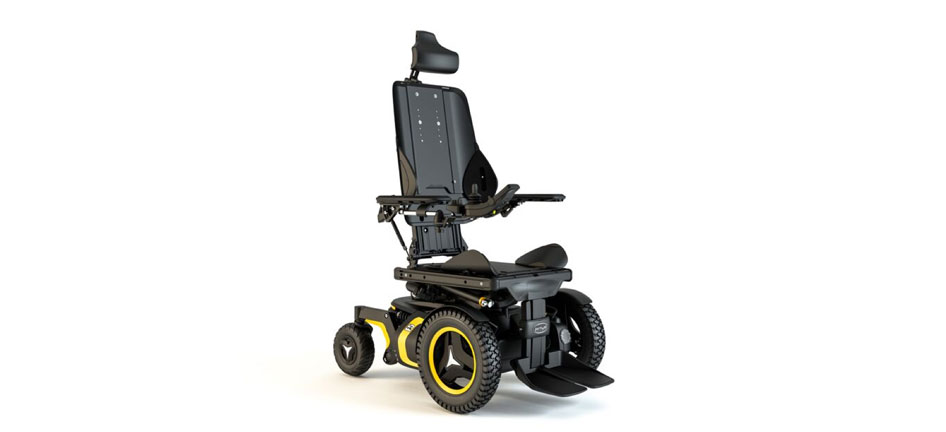
Connected wheelchair improves safety, comfort
AT&T and Permobil have developed a connected wheelchair concept meant to increase user comfort and independence. The system monitors seating position, cushion pressure (to prevent pressure ulcers), whether a chair has turned on its side, battery level, and location, and it also predicts the need for maintenance. The data, including location, can be remotely accessed from the cloud…
-
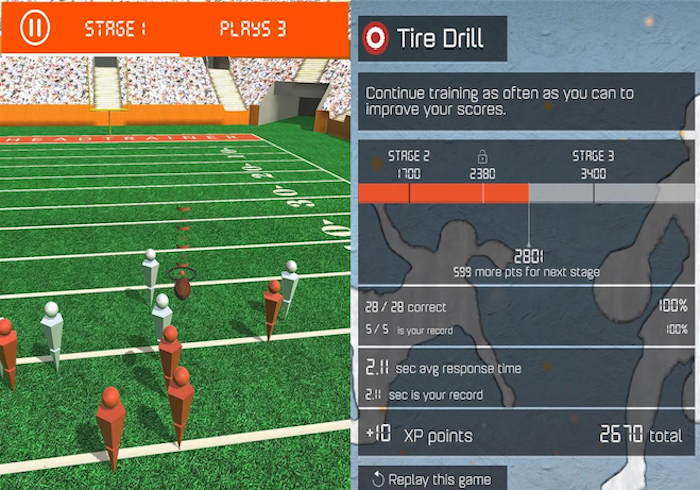
Sport performance game app to train the brain
Games are increasingly recognized as a method of enhancing cognitive abilities. HeadTrainer is meant to improve the brain with 5-10 minutes of daily gameplay. The sports games were designed to exercise 5 cognitive skills: decision making, processing speed, focus, memory, and visual/spatial awareness. Developer Deborah Attix of Duke University focused on testing and training the brain with…